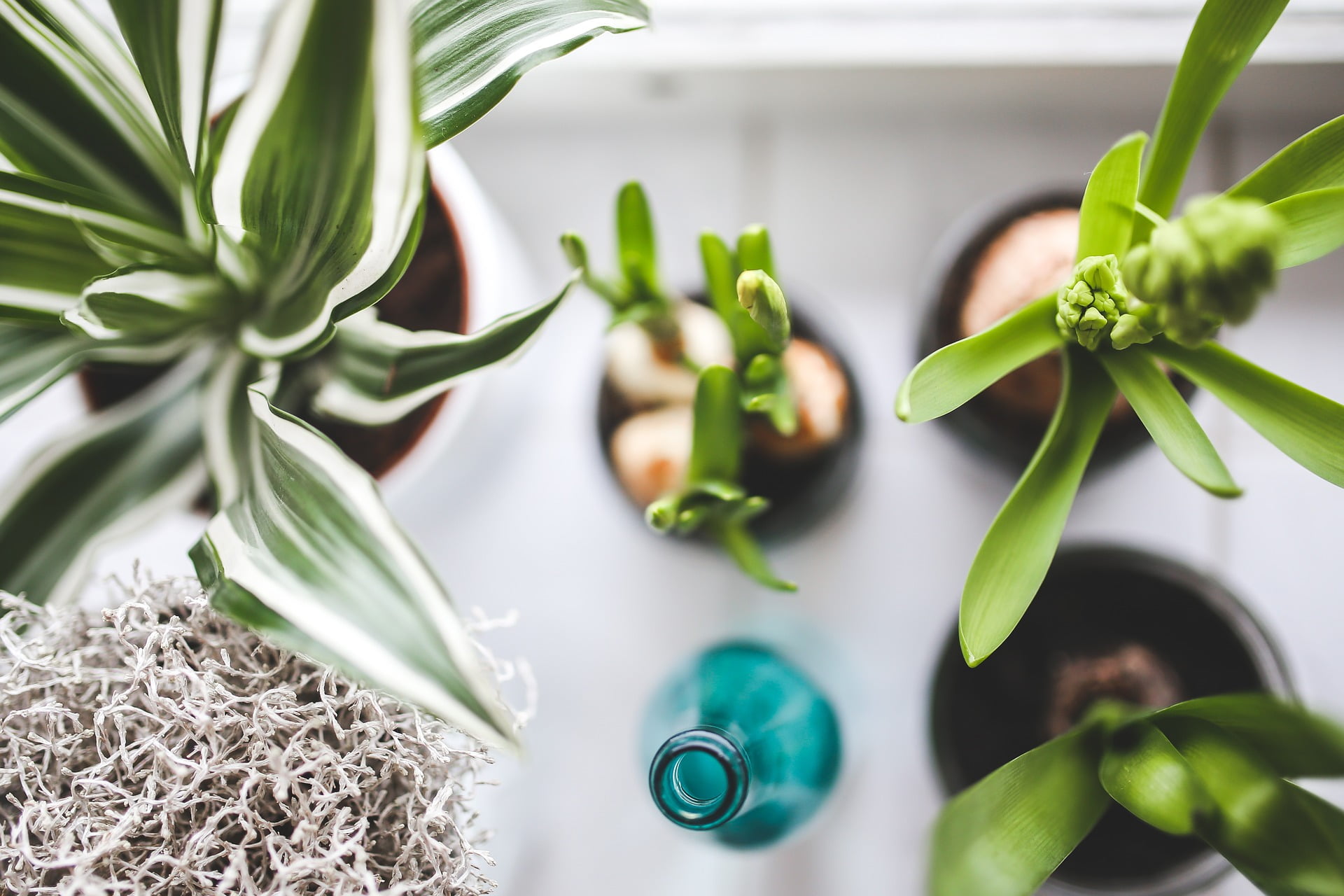Initially, carrots only grew in Afghanistan. Later, in the 12th century, they were also brought in Europe. Most likely, people liked to grow them in strong colors, such as white, red, yellow, orange or purple. They look very similar to celery, parsley, fennel or parsnips since they belong to the Umbelliferae family. It’s very easy to learn how to grow carrots from seeds, whether you choose to do it in a planter box, a large pot or simply in the garden. If you follow the steps below, you will have a nice carrot harvest in 70-80 days.
How to Grow Carrots Step by Step
1. Choose the Appropriate Variety
Obviously, there are plenty of varieties you can choose from when deciding on how to grow carrots. There are 6 main categories, each of them having various subtypes.
- Amsterdam – A small variety that grows only up to 3 inches long. It’s best for poor or shallow soil. Choose this variety if you want to harvest earlier.
- Imperator – This is a carrot variety you will often find in grocery stores. It requires deep and airy soil for a successful growth. Typical for them are the long and spindly roots hanging on the tip of the vegetable. It’s important to ensure it a rich, airy and deep soil, as well as a good drainage.
- Nantes – Just as the name suggests, this variety originates in France. They are cylindrical carrots presenting rounded tips. They need shallow rich soil and can grow between 6-9 inches deep.
- Danvers – The Danvers carrots come in a block shape and need heavy and rich soil for a successful growth. However, you don’t need to offer them a deep soil.
- Ball-type – This variety is also called “Thumbelina”. They don’t grow too long and need heavy, rich soil.
- Chantenay – Chantenay carrots can grow between 5-6 inches down the soil. They can adapt in most types of soil, but it is recommended to offer them a rich and heavy one.

2. Select the Seed Type
You can find different types of seeds when deciding how to grow carrots. You can choose between raw ones, ones that were treated with a fungicide or ones that come with a layer of bentonite clay on them. Even though you must pay more, the ones covered in clay are the best since they retain moisture when they germinate. Plus, it’s easier to handle them and you can control the space between them better.
3. Choose the Location
The perfect location for a plan on how to grow carrots is a place with full or partial sun. Full sun would be the best choice, but carrots can thrive in some shade as well. Essentially, they are a crop for cool weather.
4. Prepare the Soil
First, you should make sure that the soil is loosened rightly. Use a shovel and thoroughly loosen it. Take away any rocks or clumpy soil. If you have a strong clay soil, make it soft by adding some organic matter (manure or yard trimmings), sand or compost. Remember to check the pH of the soil. Carrots usually thrive in a soil with a pH between 5.8 and 6.8. You can use a soil tester if you’re not sure about it.

5. Fertilize the Soil
Use manure, compost or any organic fertilizer you want. Include around 4 inches of organic compost into the soil you use for planting the carrots. This will help with the germination process and it will favor a rich production.
6. Choose the Right Sowing Time
The best moment to start sowing the carrot seeds is three weeks before the final spring frost. Gradually, you can sow more seeds once a week. Continue this for 2-3 weeks after you initially planted them. An important part of our guide on how to grow carrots is to ensure the right soil. As such, make sure you have a loose and well-tilled soil before you plant.
Another alternative for how to grow carrots is to use a pot. The process is the same as with using a planter box or the ground. Make sure that the pot is deep enough to hold the plants and to let the roots grow.

7. Place the Seeds
Here you have two options: you either spread the seeds randomly or plant them in rows. If you choose the latter, remember to keep a space between the seeds of 1-2 inches (2.5-5.1 cm) in a shallow trench. The depth needs to be ½ inch (1.3 cm). The distance between the rows of carrots should be between 8 and 10 inches (20-25 cm).
8. Cover the Seeds
Use ½ inch (1.3 cm) of rich soil to cover the seeds. You can mix some sand in it, especially if you live in a warmer area. The sand is useful for supporting the growing seedlings. Alternatively, you can go for compost or planting soil mix.

9. Keep an Eye on the Seedlings
In 1-3 weeks, you will see the sprouts, depending on the temperature you maintain for the soil. The lower the temperature, the longer the time needed for the seeds to germinate.
10. Watering the Carrots
After planting, you should water the carrots with great care. The seeds are very fragile and light, and if you use too much water or do it vigorously, they might get washed away.
11. Rake the Soil
A week after planting the carrots, you should rake the soil in a gentle manner. This is helpful for keeping weeds at bay. If there are any weeds that have already grown roots, they will be disrupted by this process. Make sure you rake perpendicular to the rows and remember to be gentle. Otherwise, you might interfere with the carrot seeds.
12. Maintaining the Soil
If you live in a hot climate, then you need to water the carrots daily. Make sure you don’t wash away the seeds or damage the seedlings with the pressure of the water. Ideally, you should use a watering can that has gentle spouts, and not a strong hose. The soil should be moist all the time.

13. Use Mulch
You should use some hay, leaf or bark mulch around the seedlings. Add a few inches to the ground to keep the moisture inside. If you notice any weeds that grow out through the mulch, pull them out by hand. Do it gently, otherwise, you will disturb the carrots. Make sure you cover back the carrot if it starts growing out of the mulch. Remember that if the carrot crown takes contact with air, it turns bitter.
14. Thin Out the Carrots
One of the last steps in our guide on how to grow carrots is to thin them out. When you see that the tops of the carrots have reached 2 inches, thin them to be 1-inch apart. Basically, you need to pull the small plants out of the soil. This helps with crowding and lets individual carrots grow. In a couple of weeks, you may need to thin the carrots again, this time to 3-4 inches apart. Don’t skip this step, since this may affect the carrot growth.
15. Harvesting the Carrots
Now that you learned how to grow carrots, it’s time to learn how to harvest them as well. The rule of thumb here is that the bigger and longer the carrots are, the sweeter and juicier they will be. However, if you’re not patient enough, you can harvest them as soon as they’re big enough. This means around 2-3 months after you planted them. The most important sign that the vegetable is ready to harvest is the fact that the crown has grown a little bit out of the ground. The diameter of the carrot should be around ¾ inches (1.9 cm).
The best way to harvest carrots is to pull them by hand from the base of the green leaves. This ensures that you don’t damage any roots. Grab firmly the base of the greenery and then wiggle the carrot. When you feel it’s ready, simply pull the carrot straight up. A good idea is to water the soil around the carrot to loosen it up. In this way, it will be easier to pull it up without affecting the roots.

16. Storing the Carrots
The first thing to do if you want to store away the carrots is to cut off the greenery. You have to do this even if you plan to use the green leaves later. They need to be stored separately, otherwise, they will sap nutrients from the roots. The carrots themselves need to be stored in a covered container which you fill with water. This is a great trick if you want to keep them fresh for as long as possible. Alternatively, you can also roll them up in bubble wrap.
Conclusion
It’s not hard to learn how to grow carrots. However, you do have to pay special attention to the soil and light conditions. Another essential thing you must keep in mind is ensuring them enough space to grow. Carrots can grow quite a lot, and because of this, you should choose a large container if you don’t want to plant them into the ground.
Image source: 1
Last update on 2024-04-17 at 23:39 / Affiliate links / Images from Amazon Product Advertising API











Hi there,
Thank you for your topic. I’m found many tips really useful.